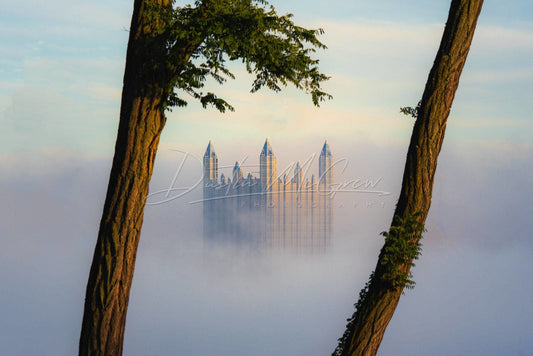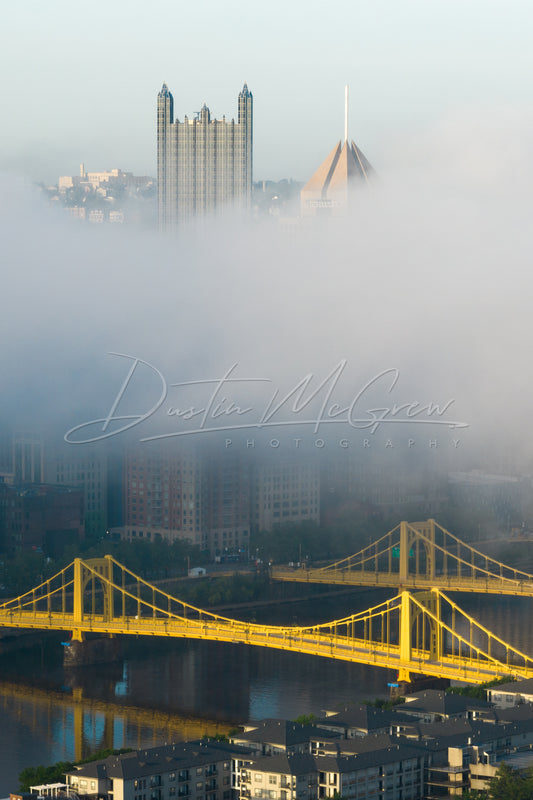The Art of Fog Photography
Fog photography represents one of the most rewarding yet challenging aspects of landscape photography. The ethereal quality of fog transforms ordinary scenes into extraordinary artistic compositions, creating depth, mystery, and emotional resonance in images.
Successful fog photography requires understanding both the technical and artistic elements involved. Early morning hours typically offer the best opportunities, as radiation fog often forms during cool nighttime conditions and persists into the dawn hours. Photographers must be prepared to work quickly, as fog conditions can change rapidly with shifting temperatures and wind patterns.
Key techniques include using longer focal lengths to compress atmospheric layers, employing graduated neutral density filters to balance exposure between foggy foregrounds and brighter skies, and understanding how fog affects autofocus systems. The soft, diffused light created by fog eliminates harsh shadows and creates even illumination, perfect for capturing subtle tonal variations and creating mood-driven compositions.




